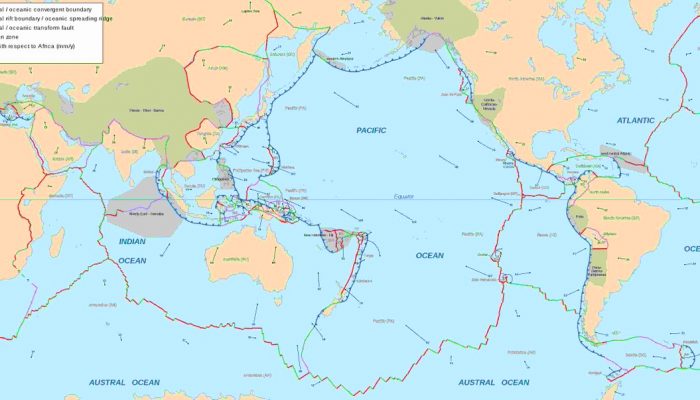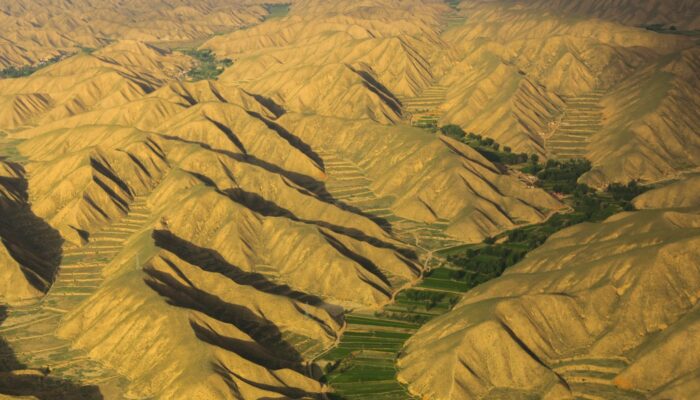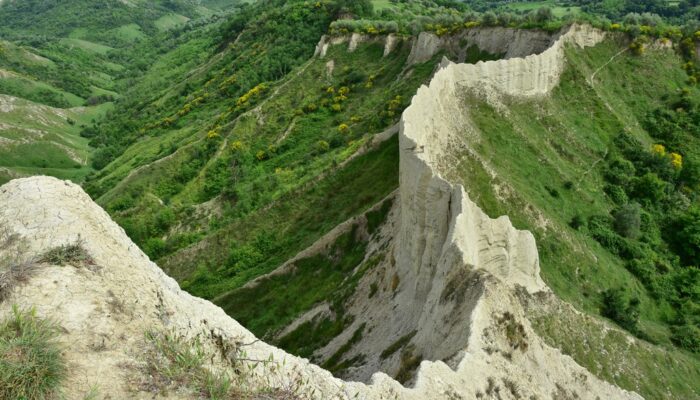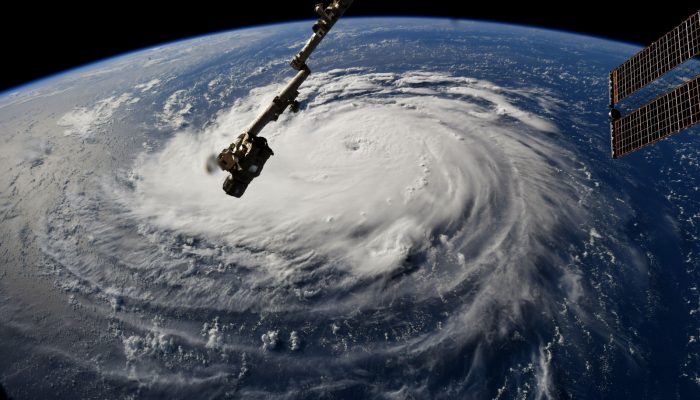The General Assembly is not only for researchers but for teachers and educators with an interest in the geosciences also. Every year the Geosciences Information For Teachers (GIFT) is organised by the EGU Committee on Education to bring first class science closer to primary and high school teachers. The topic of the 2019 edition of GIFT is ‘Plate tectonics and Earth’s structure – yesterday, today, ...[Read More]
Educators: apply now to take part in the 2019 GIFT workshop!




